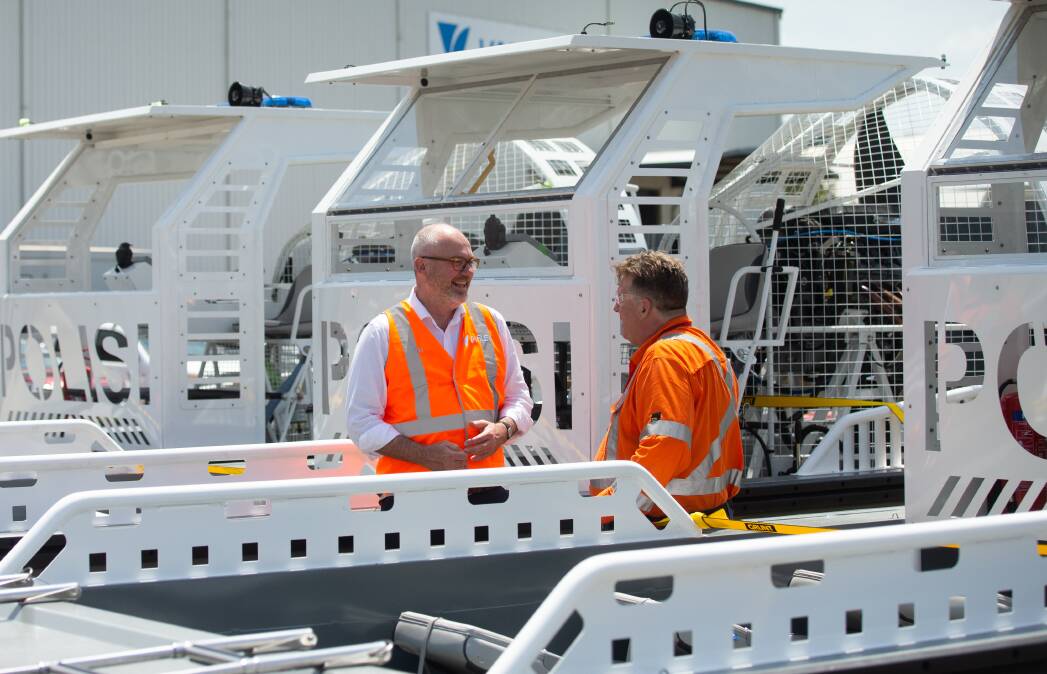
FEDERAL Assistant Minister for Trade Tim Ayres has launched a six-step strategy designed to deliver jobs to regions like the Hunter, making sure passenger and freight trains are built on home soil.
A week after he visited one of the country's oldest engineering companies at Carrington, Varley, Mr Ayres announced the National Rail Procurement and Manufacturing Strategy at the AusRail conference in Sydney.
In his speech, Mr Ayres said decisions to offshore manufacturing have pushed Australia "perilously close" to a tipping point where the industry could be lost forever.
"Locomotive and carriage workshops in industrial centres across the country continue to build the passenger and freight trains which connect our communities and power our economy," he said.
"Regional communities like Newcastle, Ballarat and Maryborough rely upon these workplaces to deliver good jobs, apprenticeships and commercial opportunities for small and medium businesses to participate in the manufacturing supply chain.
"Losing this capability would be a tragedy for Australia."
During his recent visit to Newcastle, Mr Ayres said the Hunter's engineering capability put it ahead of the pack in a plan to revive NSW train manufacturing.
Mr Ayres said in the coming decades, government and private sector spending on rail projects is expected to exceed $100 billion.
At the last election, the Albanese Government committed to delivering the National Rail Manufacturing Plan, to build long-term domestic industrial capability end ensure it delivers good jobs for the regions.
The National Rail Procurement and Manufacturing Strategy, launched today, sets out six actions the government will take in partnership with states and territories over the next few years.
It will develop a nationally coordinated approach to rolling stock procurement, harmonise standards for manufacturing rolling stock, adopt a national local content approach and maximise opportunities for freight and heavy haul rail manufacturing.
The strategy also plans to improve research and innovation outcomes in the rail sector and establish the foundation for good jobs and rewarding careers in rail manufacturing.
Mr Ayres said trains designed and built to Australia's "unique" conditions will lower costs, emissions and improve the commuter experience.
"A report by the Australasian Railway Association found that taxpayers would have saved $1.85 billion over the last 10 years if state rolling stock contracts had been better coordinated," he said.
"In part, this is because rail in Australia has existed largely as a series of independent location-based networks with different rail gauges, signalling systems, rolling stock and technologies."
According to Mr Ayres, the government will publish a national rolling stock procurement pipeline in the first half of 2024.
National Rail Manufacturing advocate Jacqui Walters said the release of the strategy marks a major milestone for the broader plan.
"The collaboration between industry, governments and the research sector in developing this strategy has established a strong foundation for ongoing cooperation and delivery," she said.
"It has been a privilege to play a role in shaping this vision for the Australian rail manufacturing sector."







